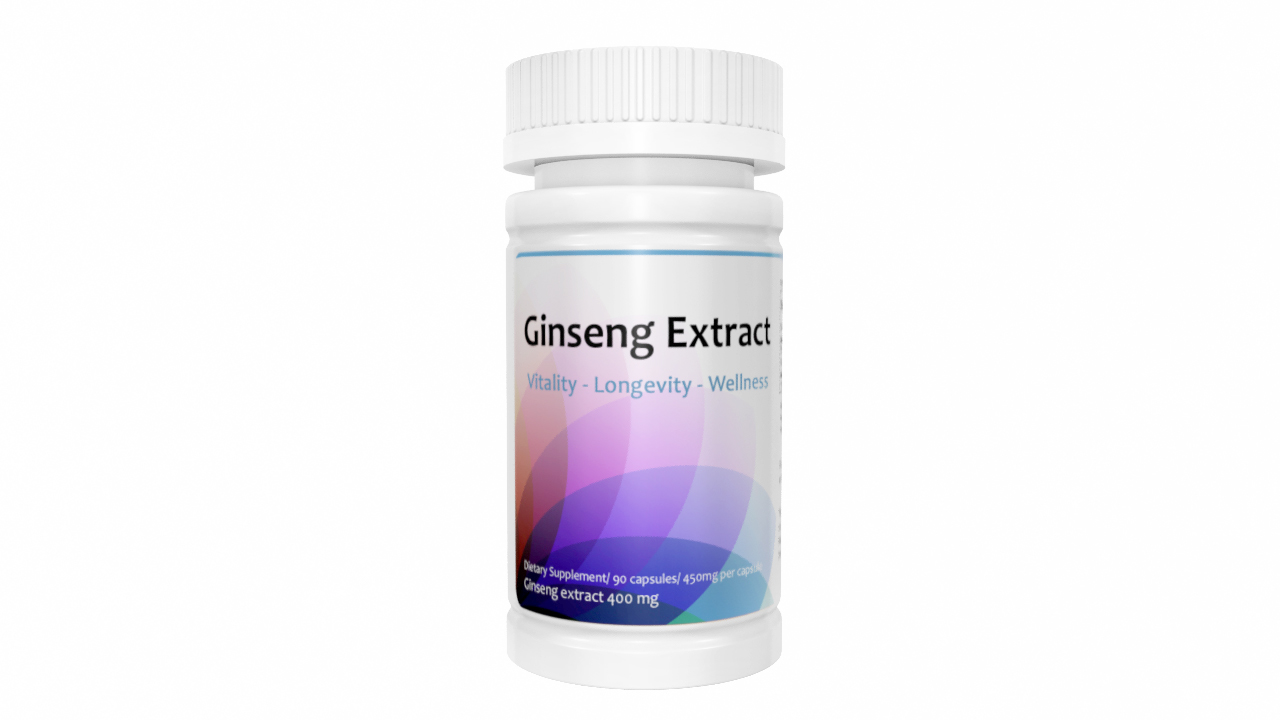Cordyceps & Blood Sugar Levels– Hypoglycaemic Effect
Diabetes is usually classified into two groups:
Type 1 usually begins early in life, when the immune systems attacks and destroys the insulin-producing cells of the pancreas. This type affects 10% of people who have diabetes.
In type 2 or adult onset diabetes, the consumption of too much sugar and refined carbohydrate over long periods of time leads to the development of cellular resistance to the action of insulin. The correlation between the overconsumption of these products and insulin sensitivity is still controversial. However, it is proven that overconsumption of sugar and refined carbohydrate leads to chronic hyperinsulinemia, which could be the reason for the loss of insulin sensitivity at the cellular level.
A number of clinical trials (in animals and humans) have shown the potential of Cordyceps as a blood sugar regulation agent. In one study, a group treated with 3grams per day of Cordyceps and another group treated by other more conventional methods demonstrated that 95% of the patients treated with Cordyceps showed improvement in their blood sugar profiles, compared with results of 54% improvement in the control group. (Guo QC, Zhang C. (1995) Clinical Observations of Adjunctive Treatment of 20 Diabetic Patients with JinSHuiBao Capsule. J Administration Traditional Chinese Medicine 1995:5(suppl):22.)
Various animal trials showed that Cordyceps improves blood glucose metabolism, increases insulin sensitivity and increases the liver’s output of the glucose-regulating enzymes glucokinase and hexokinase. (Zhao CS. et al. Cordyceps Cs-4 improves glucose metabolism and increases insulin sensitivity in normal rats. J Altern Complement Med. 2002 Aug;8(4):403-5; Kiho T. et al.Hypoglycemic activity of a polysaccharide (CS-F30) from the cultural mycelium of Cordyceps sinensis and its effect on glucose metabolism in mouse liver. Phytother Res 2000 Dec;14(8):647-9; Tai-Hao, H. et al. Biological activity of Cordyceps (Fr.) Link Species (Ascomycetes) Derived from a Natural Source and from Fermented Mycelia on Diabetes in STZ-Induced Rats. Inter J of Med Mush 4; 111-125.)
Diabetes – General Information
Diabetes, or diabetes mellitus, is a metabolism disorder. It occurs when the pancreas fails to produce enough insulin for the body. Without insulin, the cells cannot use the sugar in the blood for energy. Although easily treatable now, this was not always the case. Diabetes tools and practices have come a long way in the last 30 years.
There are two types of diabetes. Type 1 diabetes, also called juvenile onset diabetes, generally occurs before the age of 20. It occurs when some autoantibodies destroy the pancreas and requires individuals to either use an insulin pump or inject insulin. It accounts for 10–15% of the diabetes population nationwide. Type 2 diabetes is generally diagnosed after 35 and is characterised by insulin resistance. Put simply, there is plenty of insulin – it just doesn’t work. The beginning stages are treated with diet and exercise, but it’s common to eventually need insulin injections as well.
History
Diabetes is Greek for ‘siphon.’ In the early 2nd century AD, Aretus the Cappadocian first named the condition ‘diabainein’ meaning ‘too much water.’ The word eventually became the modern day ‘diabetes’ when the English adopted it from medieval Latin.The term ‘mellitus’ originated in 1675 from a man named Thomas Willis. Willis observed that people with diabetes smelled sweet like honey due to the high blood glucose levels, although he was far from the first. Ancient Chinese records speak of ‘sweet urine disease,’ where ants were observed to be attracted to certain people’s urine. Willis was, however, the first person to coin a term for it. He added ‘mellitus’ or ‘mel,’ the Latin word for honey. Thus, diabetes roughly translates to ‘excess sugar water.’
Anatomy, signs and symptoms
Many people today live very normal lives with diabetes. The key is to make sure to catch it before it gets too serious. One of the most common signs for diabetes is frequent trips to the restroom. Your kidneys act as a filter, scooping up the remaining glucose before it exits your body and back into the bloodstream. Since being a diabetic means you have high blood glucose levels, your kidneys get overwhelmed and try to take in more water than usual to dilute the loss of glucose. Since you’re urinating often, you’ll also need lots of water. Many diabetics report feeling an unquenchable thirst and drink lots of water to counteract dehydration.
When the body is working as it should, glucose is absorbed by your cells. Since your body isn’t equipped to handle glucose otherwise, this leads to more problems. Without insulin, your cells cannot replenish their energy by absorbing the glucose, and eventually you feel exhausted. High blood sugar levels for prolonged periods of time also cause problems. Neuropathy occurs when the high blood glucose levels damage nerve endings in your extremities. This may take several years, but since diabetes can have a gradual onset, it’s not as uncommon as you may think. The good news is that gaining control of your blood sugar levels can improve the situation.
Pathophysiology
Carbohydrates enter the body as food and are relatively quickly converted into monosaccharide glucose. Insulin is then released from the pancreas after eating a meal. Insulin is the principal hormone responsible for the absorption of glucose into the blood cells. If the body works the way it should, these high insulin levels will increase cell growth and protein synthesis. It will also facilitate the conversion of glucose to glycogen to store for later use.
If the body has low blood sugar levels, the pancreas will release less insulin and trigger a conversion of glycogen to glucose to help feed the body’s cells. The glucose makes its way into the bloodstream, and the cells use it for energy. In order for the cells to use this energy, the body provides insulin. This hormone makes it possible for cells to use the glucose.
Causes
There is significant evidence that both type 1 and type 2 diabetes are heavily hereditary. Type 1 diabetes appears to be triggered by mainly virus infections. Even in those who have inherited susceptibility, an environmental control is still needed to trigger onset. Type 2 diabetes has been more strongly connected to genes. Those with close relatives with type 2 have a much higher chance of developing type 2 diabetes.
Risk or Contributing Factors
Although avoiding diabetes is impossible, there are lifestyle choices you can take to greatly reduce your chances of developing diabetes. Diet and exercise are integral. Those who have high levels of physical activity, eat a healthy diet, avoid smoking and drink alcohol only in moderation have 82% less chance of developing diabetes. If an individual has a healthy weight, this increases to 89%. So staying healthy, exercising regularly and not smoking are things you should be doing already. This is just another reason to stay healthy.
Prevalence
Today, 25.8 million men, women and children have diabetes. It’s estimated that, of those, 7 million are undiagnosed, and almost 80 million exhibit signs of prediabetes. Diabetes is slightly more prevalent in men than women and drastically increases with age. More that 25% of people over the age of 65 are diabetic. In 2007, diabetes contributed to 231,404 deaths, many of which were complications.
Not only is diabetes deadly, it’s expensive. At almost 350 billion dollars between diagnosing patients, direct medical costs and indirect medical costs, it’s a serious problem. Adjusting data based on age, sex and average medical expenditure reveals that medical expenditure for a diabetic is two to three times higher than a non-diabetic over their lifetimes.
The reality is that diabetes is a serious problem, but there is hope at the end of the tunnel. Many groups are doing great work in the fight against this disorder, and your help is always welcome. Look around your local community and volunteer to help make the world a better place by continuing the fight against diabetes.











